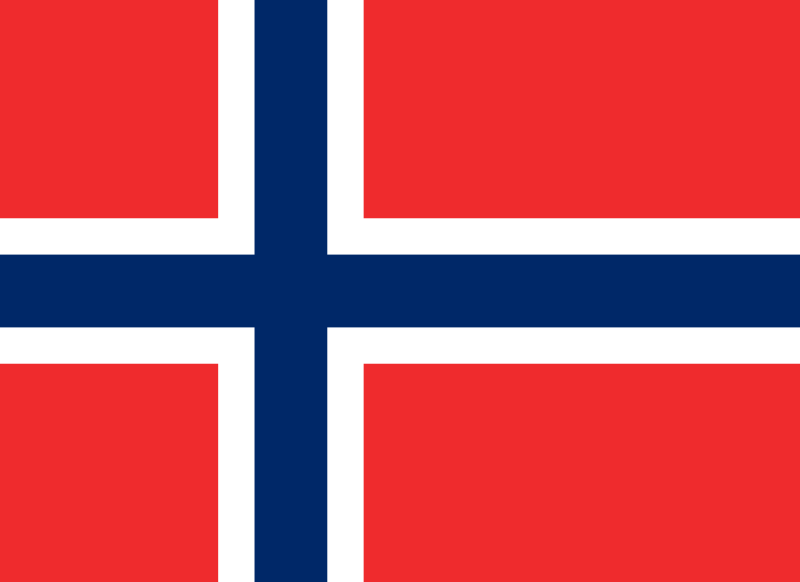The Fashion of Norway’s Fiercest
Table of Contents
Photo by Alchemist-hp
Fact: Vikings did not have helmets with horns.
This is true, if we are talking about Viking warriors. Most Viking warriors either wore no helmet at all, or they wore what history might refer to as a “biodegradable” helmet made of leather. While there is some historical and archaeological evidence suggesting that Viking-era religious leaders may have worn headdresses with real or carved animal horns attached at the sides, the notion that Viking warriors wore metal helmets with ox or other animal horns is as much of a myth as the Norse god Odin or his wife Frigga.
In addition to Norse priests, ancient Celts and Germanic peoples did occasionally wear helmets with horns, though more frequently with carved or embossed wings. However, Celts and Germanics predated the Norse Vikings by hundreds of years, not to mention the fact that they each occupied different areas of Europe during their reigns of power. The Viking Age is assumed to have begun in AD 793, the year of the famous Lindisfarne Raid. If no actual Viking warriors were wearing horned helmets at the time, how did the image enter our cultural consciousness?
Beginning with the Greek and Roman writers of the first few centuries AD, tales were told of northern peoples wearing all manner of animal headdresses and helmets during rituals and battle. Plutarch wrote of the Germanic Cimbri, likely ancestors to the Vikings, noting helmets “resembling the heads of wild beasts.” An earlier Roman scholar had also written about the Celtic Gauls in a similar fashion. Archaeological finds from 900 BC to AD 700 (all predating the Vikings) do suggest evidence of horned metal helmets, though questions regarding religious vs. warfare usage remain unanswered.
Romantic Era artists in 18th and 19th century Europe borrowed imagery from many different mythological traditions and historical periods, frequently mixing and matching to suit their needs and the needs of their works – often with little concern or even awareness of historical accuracy. In rejecting the constraints of Classicism, Romantic painters and sculptors began incorporating Celtic and Germanic imagery -- and sometimes they simply got their chronology wrong. A Viking warrior going into battle in a shiny, if blood-splattered, silver helmet with ox horns at the sides is ever so much more romantic and exciting than a regular old foot soldier not wearing anything on his head... Don't you think?
For more incredible facts about Norway, go ahead and play our True or False Norway Facts game!




